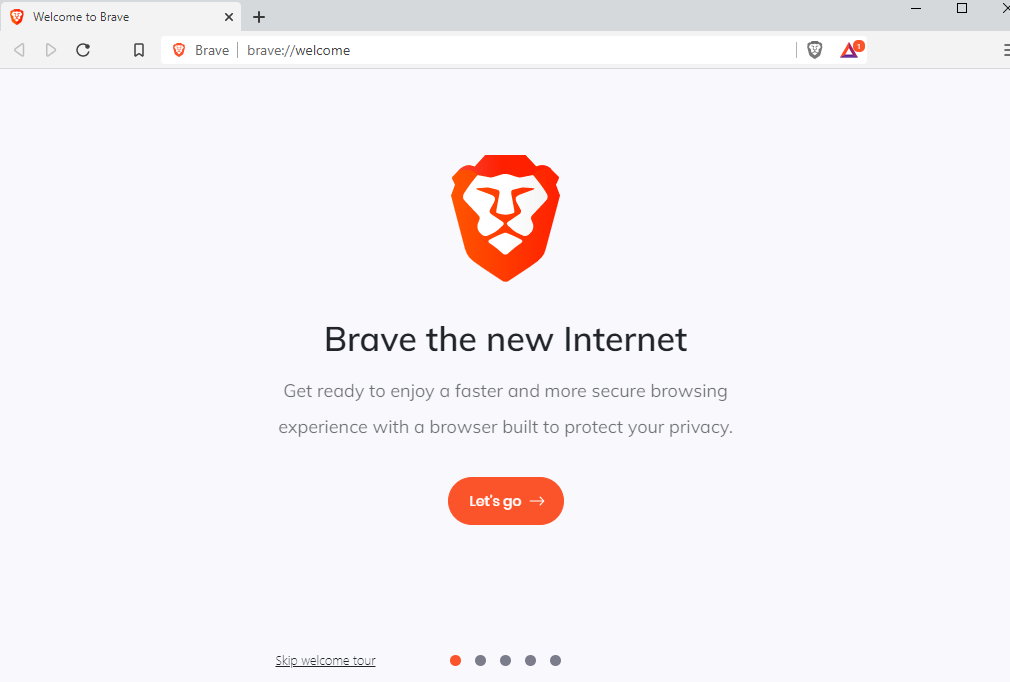
#Brave web 3.0 software
Remember, the 2.0 in Web 2.0 did not refer to a software version, but rather to a new and improved Web browsing experience thanks to the adoption of new technologies. Even so, I can’t help but wonder if we are on the brink of Web 3.0. Many years have passed since the days of Web 2.0, and the term has been largely forgotten. This innovation led to new and different Web technologies that have been referred to by some as Web 2.0. For the first time in years, attention began to turn toward innovation as opposed to being laser-focused on mere survival. In 2004, the tech industry was just starting to emerge from the dot-com crash.


Giant tech firms were going bankrupt seemingly overnight, and droves of IT pros found themselves suddenly out of work with absolutely no prospect of finding another tech job anytime soon. It was a very trying time for the IT industry. Shortly after the new millennium, the tech industry went through a period of severe upheaval in the now infamous dot-com crash. Others (including myself) saw Web 2.0 as being something a little bit different. Of course, I just can’t help to think that if this definition is to be believed, then we have Web 2.0 to thank for Internet trolls. It meant moving away from the static Web content that dominated the Internet at the time and embracing user-generated content such as product reviews, comments left on Web pages, and even social media posts. To some, Web 2.0 referred to a much more interactive version of the Web. Like all good buzzwords, the term Web 2.0 is filled with ambiguity and could mean vastly different things depending on who you were talking to. But that may be about to give way to another buzzword: Web 3.0. Back in 2004, such a buzzword was Web 2.0. Although some of the buzzwords that get thrown our way gain longevity, many are short-lived and easily forgotten.

In the world of IT, there has never been any shortage of buzzwords.


 0 kommentar(er)
0 kommentar(er)
